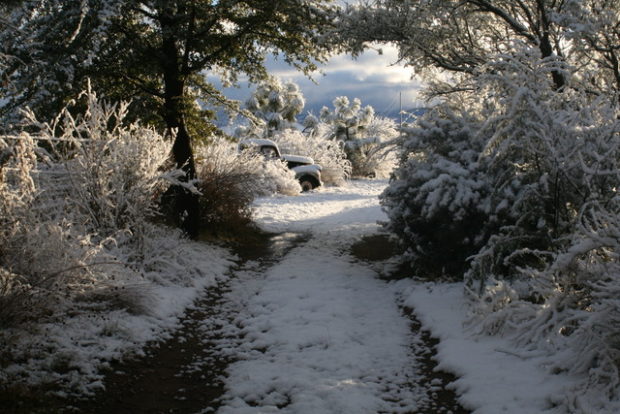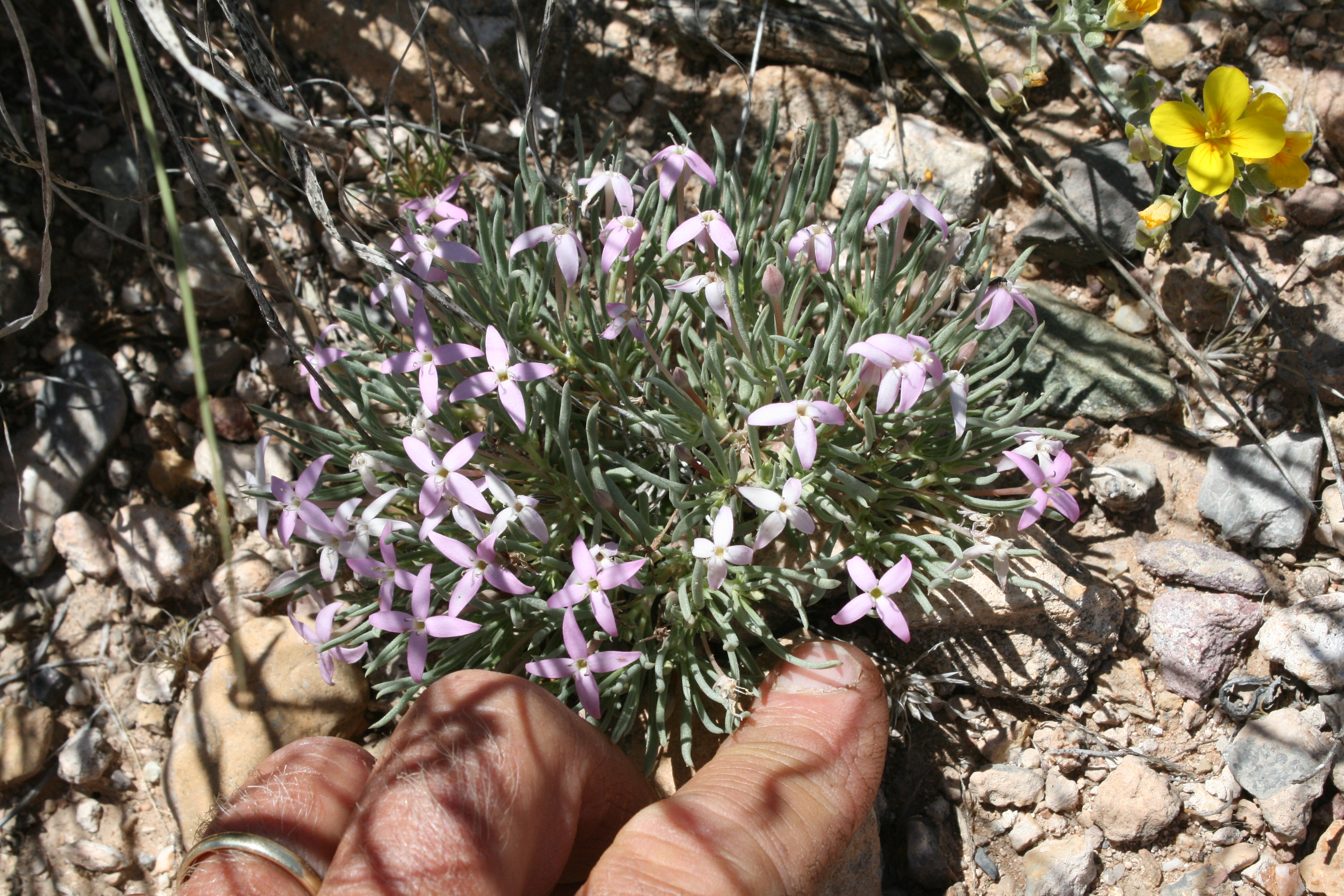Even as a child I was astounded by the silence of snow. I wonder if there is a name for silent snow? Around our little homestead it’s called, “the snow that helps Petey sleep.”
The plant that helped me sleep one recent winter night is Arizona rosewood. I first saw Arizona rosewoods growing among the oaks around Molino Basin in the Catalina Mountains near Tucson. That was around 1968 or ’69. Yikes!!!
Later in the 1980s when I was working at a wholesale nursery in Tucson we grew and offered rosewoods as an oleander substitute. It still is and here’s the good news; there are are several species of rosewoods available in the horticulture trade. Hmm, I should say, species, subspecies and in the case of pauciflora, variety. Around us in the borderlands of southeastern Arizona we have 2 named rosewoods; Arizona rosewood and let’s call the variety pauciflora Guadalupe Mountain rosewood. Go west to Texas or south into Mexico and you can start adding other rosewoods. Is that cool? Very.
There are some nice rosewood descriptions, photographs and landscape uses in a couple of favorite books found on my book shelf; Cool Plants for Hot Gardens (revised) by Greg Starr and Native Plants for Southwestern Landscapes by Judy Mielke. Judy’s book is still as useful as when it came out 30 years ago and I suspect Greg’s book will be the same in 30 years, but no need to wait.

The photos are mine and taken this winter at our little homestead.

Do I talk about dock every late winter and early spring? It sure seems like I do. Well, it's truly the first green plant...

Petey leaves work for the hills after deciding that being there now would be better than being here now.

Looking at storms out across the land from our little homestead near the Ol’ Guajolote.